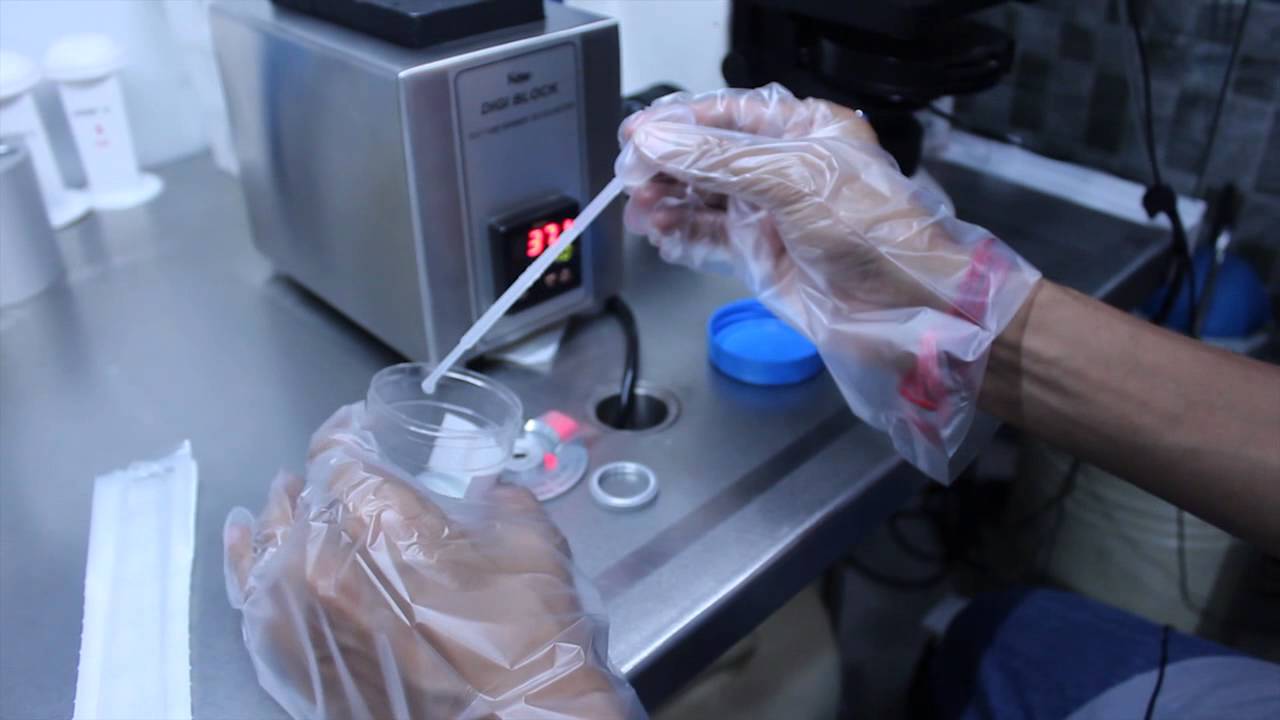Penis Pain: Is It Pudendal Nerve Entrapment?
Men can be tough about a lot of things, but no guy really enjoys experiencing penis pain, no matter how manly he may be. One source of penis pain is called pudendal nerve entrapment (or PNE for short), and it can be both painful and inconveniencing. Men who are interested in maintaining their penis health need to be aware of this condition and what they can do about it.
Cyclists beware
Pudendal nerve entrapment is also called Alcock’s syndrome and, perhaps more commonly, cyclists’ syndrome.
PNE is clinically described as a “severe, sharp pain along the course of the pudendal nerve,” and it is more common in women than in men. Most sources classify it as a rare condition; while it is true that PNE is not something that every man comes down with every day, it is a condition which has some notoriety among people who are serious cycling enthusiasts, especially of a long-distance nature. One study indicated that 7-8% of long-distance cyclists in a multi-day racing situation will experience PNE.
Symptoms
As indicated, penis pain may be associated with PNE, although the timing of the pain and the severity can vary significantly. In some men, the pain can be slight and intermittent; in others, it can be intense and have a lengthy duration. The pain may be situational; for example, a man may experience significant pain while sitting but not standing, or may have more pain when the penis is in an erect state rather than flaccid. Pain during intercourse or masturbation is not uncommon.
However, numbness in the penis and balls is also a very common occurrence among men with PNE. In addition, there are instances in which erectile dysfunction has been linked to PNE.
In some men, PNE is temporary and of relatively short duration. In others, however, it may last or recur for years; this is especially likely if the condition is misdiagnosed as prostatitis or as an STI.
Compression
As the name pudendal nerve entrapment implies, PNE occurs when the pudendal nerve is compressed in such a way that it cannot operate freely; think of it as akin to a pinched nerve in the back, but located in the penile area instead.
The condition occurs in cyclists usually because of the fact that they may spend long hours riding their bike, seated in essentially one position for this period and frequently on a hard bicycle seat, the shape of which causes the weight of the torso to rest disproportionately on the pudendal nerve. However, it can occur in any man under conditions in which a disproportionate amount of weight rests on the nerve for an extended period of time.
Cyclists can prevent or help treat PNE by making sure that their seats are appropriately shaped and placed and by limiting the lengths of their rides when possible.
Treatment for less severe cases typically involves simple physical therapy exercises that can stretch and/or strengthen the muscles in the area and relieve stress placed on the nerve. In some cases, medications can be helpful. More severe cases may require injections or surgery.
Treating nerve issues helps alleviate penis pain, but often more soothing may be required. General penis pain is often aided by the regular use of a top-drawer penis health creme (health professionals recommend Man1 Man Oil). Key to soothing typical penis pain is a crème with both a high-end emollient (think Shea butter) and a natural hydrator (such as vitamin E). These help keep the penis skin moist and supple. Properly moisturized, the penis skin stretches more painlessly when becoming erect. In addition, a crème with vitamin D can help boost the overall health of the organ. Vitamin D is acclaimed for its ability to enable cell functionality, helping to better maintain overall member health.
Penis Pain: Is It Pudendal Nerve Entrapment? by John Dugan



